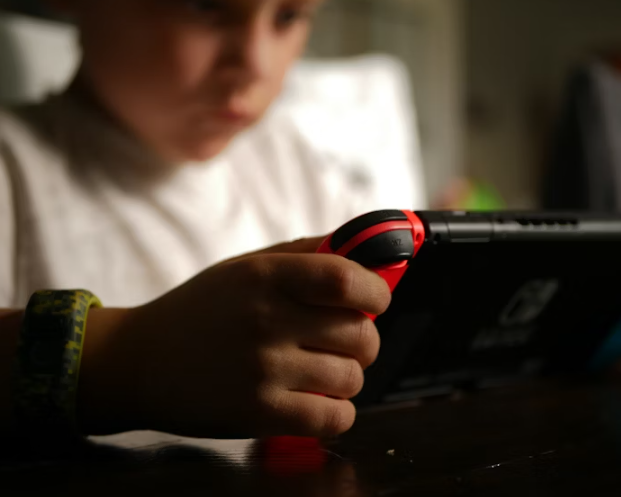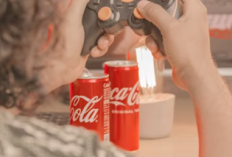Game Design Psychology Explained: Why You Keep Playing

boy-in-white-crew-neck-t-shirt-holding-black-and-red-cordless-device-Tyler Lagalo-https://unsplash.com/
Game Design Psychology Explained: Why You Keep Playing
You start a new game, promising to play just fifteen minutes. Two hours later, you’re still there — leveling up, chasing rewards, ignoring your blinking notifications. Why does this happen? The answer lies deep within game design psychology, a discipline that has quietly shaped how we think, feel, and react in virtual worlds.
The Dopamine Blueprint
Games are not accidents of fun; they’re machines of motivation. Every sound, reward, and visual cue is crafted to trigger dopamine — the brain’s pleasure chemical. Designers know when to make you feel powerful, when to frustrate you, and when to reward you just enough to keep you chasing the next milestone.
One designer from a major studio once said, “If you quit our game too early, we failed psychologically.” Their secret weapon? Intermittent rewards. The same principle that powers slot machines keeps you hooked to your favorite RPG.
Color and Emotion
Color isn’t just decoration — it’s a language. Red evokes danger and urgency. Blue suggests calm and control. Green signals success and progress. Game UIs speak this language fluently, guiding players subconsciously through emotion-based design.
- Red: Damage, tension, time limits.
- Blue: Calmness, focus menus, balance.
- Green: Progress, health, achievements.
- Gold: Reward, status, luxury.
It’s why health bars aren’t purple and victory screens rarely come in gray. Color, in gaming, is persuasion.
Sound: The Invisible Designer
Sound acts like the subconscious of gaming. A soft “click” after completing a quest, the tension-building strings during combat, the celebratory tone of a level-up — all shape your feelings. Audio psychologists in major studios test these sounds on focus groups, measuring heart rates to see what keeps players engaged.
That “achievement unlocked” sound? It’s engineered to mimic the emotional pattern of receiving a social reward — the same joy as a like on your favorite app.
The Loop of Control and Chaos
Game psychology thrives on balance — enough control to make players feel competent, enough chaos to keep things unpredictable. The perfect loop looks like this:
- Challenge: The player faces a goal just outside their current skill level.
- Feedback: Immediate response to action — success or failure.
- Reward: Tangible or emotional satisfaction that reinforces play.
This loop is addictive because it mirrors real life — except here, feedback is instant and progress measurable. In a world where success often feels slow, games give us certainty.
Social Connection and Competition
Humans crave validation, and game designers know it. Leaderboards, friend challenges, and multiplayer rankings are digital mirrors for social recognition. In 2025, social gaming has become the emotional backbone of design. Games now adapt to your behavior — celebrating your wins, consoling your losses, and nudging you back when you drift away.
Some systems even use empathy AI — code that detects frustration through your play patterns and adjusts difficulty accordingly. The game feels human because, in a way, it is.
Progression Systems: The Art of Never Being Done
Ever wonder why modern games never truly end? Progression systems are designed to make you feel there’s always something left to achieve. From seasonal passes to daily quests, developers have turned completion into a moving target.
But it’s not greed — it’s psychology. Finite endings close emotional loops, while ongoing progress keeps the reward cycle alive. It’s why millions log in daily to games they “finished” months ago.
The Future of Player Psychology
As AI becomes a co-designer, the psychological dimension of gaming is evolving. Adaptive narratives adjust based on your emotional input. If you rush through dialogue, the story gets more action-driven; if you linger, it grows reflective. Games are learning your mind — and designing around it.






